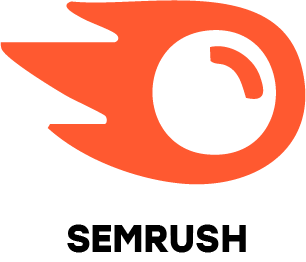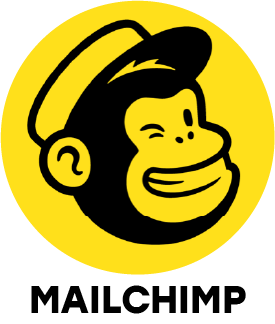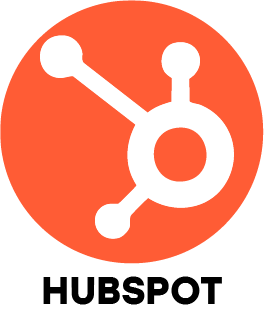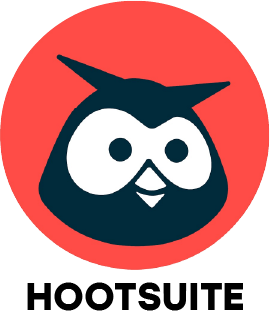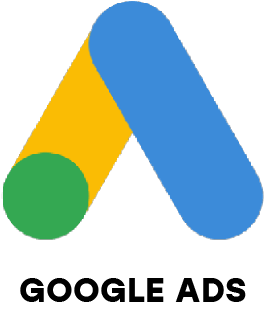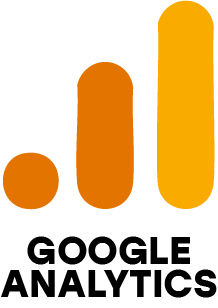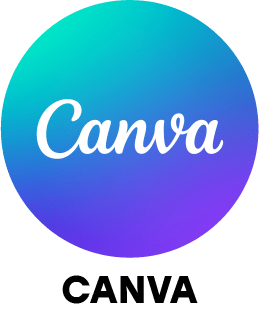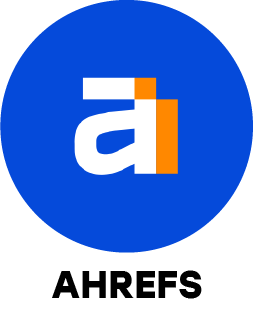1. What is the difference between traditional and digital marketing?
Ans:
Digital marketing promotes products online using platforms like websites, email, social media, apps, and search engines. Unlike traditional marketing (TV, radio, print), it’s cost-efficient, trackable, interactive, and allows precise targeting and performance measurement.
2. Could you describe how SEO and SEM differ from one another?
Ans:
SEO (Search Engine Optimization) increases visibility in organic search using keyword strategy, content, and backlinks. SEM (Search Engine Marketing) involves paid ads like Google Ads. SEO is cost-free and builds over time, while SEM offers fast paid visibility.
3. How do you measure the success of a digital marketing campaign?
Ans:
Campaign success is evaluated with KPIs like web traffic, CTR, conversions, bounce rate, CPA, ROI, and engagement. These are tracked using Google Analytics, ad platforms, and campaign reporting dashboards for actionable insights.
4. What tools have you used for keyword research and SEO analysis?
Ans:
For keyword research, I rely on tools like Google Keyword Planner, Ahrefs, Moz, SEMrush, and Ubersuggest. For SEO audits, I use Google Search Console, Yoast SEO, and Screaming Frog to assess technical health and page optimization.
5. Describe a successful campaign you’ve managed. What channels and strategies did you use?
Ans:
I executed a lead-gen campaign for an edtech brand using content SEO, targeted Google Ads, email workflows, and Facebook retargeting. This led to a 40% growth in leads and a 25% lower cost per lead within two months.
6. How do Google Ads work, and which KPIs are most important to track in a PPC campaign?
Ans:
Google Ads is a pay-per-click system where ads are shown based on bids, ad relevance, and quality score. Important PPC metrics include CTR, CPC, Quality Score, conversion rate, impression share, and return on investment.
7. How significant is the Google Ads quality score?
Ans:
Quality Score rates your ad's relevance, expected CTR, and landing page. A higher score boosts ad position and reduces CPC. It plays a crucial role in ad visibility, efficiency, and overall campaign cost-effectiveness.
8. How would you improve the engagement rate of a brand's social media page?
Ans:
I'd review analytics, post regularly, use interactive formats like reels, polls, and videos, reply to comments quickly, and run targeted campaigns. Featuring user content and influencer partnerships also improves brand engagement.
9. What are the key components of an email marketing strategy?
Ans:
Core elements include list segmentation, catchy subject lines, tailored messages, strong CTAs, mobile-friendly design, and performance tracking. Automation and A/B testing are vital to optimize engagement and conversion rates.
10. How do you keep up of the most recent developments in algorithms and digital marketing trends?
Ans:
I stay updated via Moz, HubSpot, Google blogs, Search Engine Journal, and industry webinars. I also engage in forums, subscribe to newsletters, and test new strategies through regular campaign experimentation.





